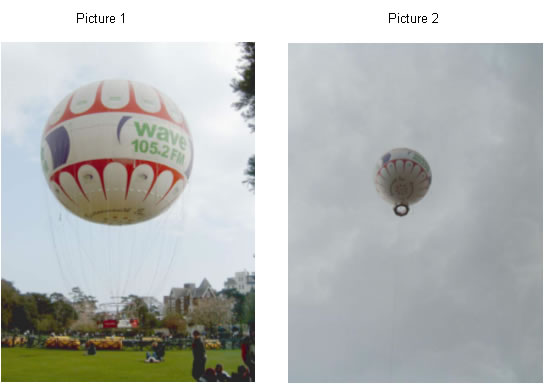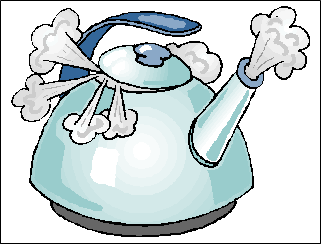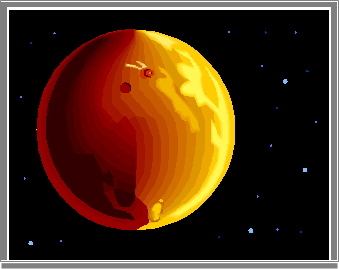SCIENCE
ENHANCEMENT PROGRAMME |
||||||||
 |
||||||||
| quick link: menu | intro | D | E | F | G | |||||||||||||||||||||||||||||||||||||||||||||||||||||||||||||||||||||||||||||||||||||||||||||||||||||||||||||||||||||||||||||||||||||||||||||||||||
|
|||||||||||||||||||||||||||||||||||||||||||||||||||||||||||||||||||||||||||||||||||||||||||||||||||||||||||||||||||||||||||||||||||||||||||||||||||
|
Developed
by Florian Gleisner. Sc4, Earth and Beyond Joseph Rowntree School, York
• about mass and weight and the units of measurement; • that gravity is not the same on different planets; • how scientific data/observations can be used to support hypotheses and conclusions. Outcomes • record accurately and compare data for Planet X and Earth; • give reasons why they think Planet X is or is not like Earth and might be habitable; • evaluate the strength of evidence for Planet X being like Earth. Notes for Teachers The introduction should set a suitable (and believable) scenario, for example that a new planet has been discovered by a space probe. Scientists would like to establish how like Earth this new planet might be and whether there might be a chance that human beings could live there. The situation is not unlike that when NASA analysed data obtained from the Voyager space probe from Titan, the bright moon of Saturn, and established that it had a number of features in common with Earth. Additional materials (e.g. a slide show of pictures of planets and one of Titan) may be used to make Planet X more real. Pupils are asked to reflect on the characteristics that they would look for to establish whether the new planet is like Earth and whether it might sustain life. The subsequent sorting into groups of 3 or 4 to carry out the circus should be done quickly. Remind pupils of rules for this circus (i.e. you leave the station as you find it). An example of what to look for at each station and what should be recorded and discussed is provided as the first worked example on the pupils’ recording sheet (pupil sheet 1). This can be shown to the class as an OHT before they start the circus. Help should be given at stations of the circus according to pupils’ abilities and progress. The plenary can be made more exciting and productive by randomising the order for reporting back. Notes for each station in the circus (including background science) Station 1 (Mass) Same on Earth/Planet X, inconclusive (but correct piece of knowledge) and not helpful in deciding if X is habitable.
Shows that Planet X is different to Earth and quite conclusive (although debatable to some degree). It is not conclusive evidence that Planet X could sustain life as we would have to know more about other (toxic) components of the atmosphere. It is also possible that respiratory aids or artificial atmospheres in housing would be needed?
The result shows that Earth and Planet X are not alike. The more able students may work out that gravity must be less on Planet X. This could be used in conjunction with data from station 5 to determine that gravity is indeed less on Planet X. The result could also show that the density of the atmosphere is different to Planet X. The evidence does not tell us whether the planet is habitable.
The evidence shows difference to Earth and is
conclusive at first sight.
This is different and conclusive evidence that Earth is different from Planet X. The discussion here could centre on whether this result is due to differences in atmospheric pressure (density) or to differences in gravitational force? Other experiments and observations show that the gravity is less on Planet X (e.g. falling weight in station 3). Therefore, it is likely that there is a difference in atmospheric pressure (also supported partially by results on oxygen content). As far as living on the planet is concerned, the effects of very high pressure would need to be explored in terms of their effects on human physiology, but it is likely that this would pose problems for humans (e.g. lungs could collapse).
Of course, this is not conclusive as most planets go round a star (except in binary star systems). The evidence shows that Planet X and Earth are similar but we would need to know something about the nature of light (its spectrum) to establish whether the light source could support plant life (e.g. to grow food).
This is conclusive evidence that the planet’s
spin around its axis must be different to Earth’s. Discussion
points could include the size of planet, rate of rotation (both
unknown) and that the planet could be less dense and bigger than
Earth. The evidence does not show that humans could not live there.
You could talk about life at or near the poles on Earth where
there can be 24-hour days and nights.
• The class is split into groups and each one assigned to a starting station. Pupils go around the circus collecting evidence (using pupils’ sheet 1) deciding the extent to which evidence shows that Planet X is like Earth and is habitable. • Each group reports back on findings from their starting station (randomise to maintain motivation). Afterwards, or during this, evidence can be discussed.
The mass of an object is measured in grams or kilograms. The mass of an object remains the same wherever it is. For example, an object with a mass of 100g on Earth
will have a mass of 100g on Planet X or in space.
Light the candle and let it burn for a little while (until you can see some liquid wax near the wick). Take the jar, fill it with air (by carefully wafting it around) and cover the candle with it. Start the stopwatch/timer as soon as the jar is over the candle. Stop the stopwatch/timer when the candle goes out. Record the time it burned for.
You will find a perspex tube filled with water, a stopwatch and a plasticine ball attached to some nylon fishing line. The aim of the experiment is to measure the amount of time it takes for the plasticine ball to fall to the bottom of the tube. The experiment helps you see how long it might take something to fall to the surface of Planet X through its atmosphere. Carefully pull at the cord and lift the plasticine ball up to the water surface (no need to take it out of the tube). Get ready to time the ball’s decent. Let go of the yarn and measure the time it takes for the ball to sink to the bottom. If the yarn snags, ask for help or repeat the measurement. Repeat this experiment at least once more. Are the times taken roughly the same? Take an average of the times. The time taken on Planet X was 20 seconds.
Station 5: Weight You will find 3 identical cans of baked beans. Each can is hanging on a force meter to show you what the force of gravity on each can would be like in three different places. Imagine that: Can A is on Earth’s moon. Can B is on Earth. Can C is on Planet X.
Station 6: Helium balloon The pictures below show a helium-filled balloon on Earth. It is used as entertainment for tourists and reaches heights of 50 metres quite quickly. It is tethered down for safety in picture 1.
On Planet X, the same balloon would fall to the ground when released.
A sun also lights Planet X.
Pupil instruction card 8: Planet X Station 8: Length of day If you had one hour and you measured the time it took from dawn to dawn, how often would you expect to have to rewind the timer on Earth? A visitor to Planet X would have to rewind the timer
20 times.
|
|||||||||||||||||||||||||||||||||||||||||||||||||||||||||||||||||||||||||||||||||||||||||||||||||||||||||||||||||||||||||||||||||||||||||||||||||||
|

